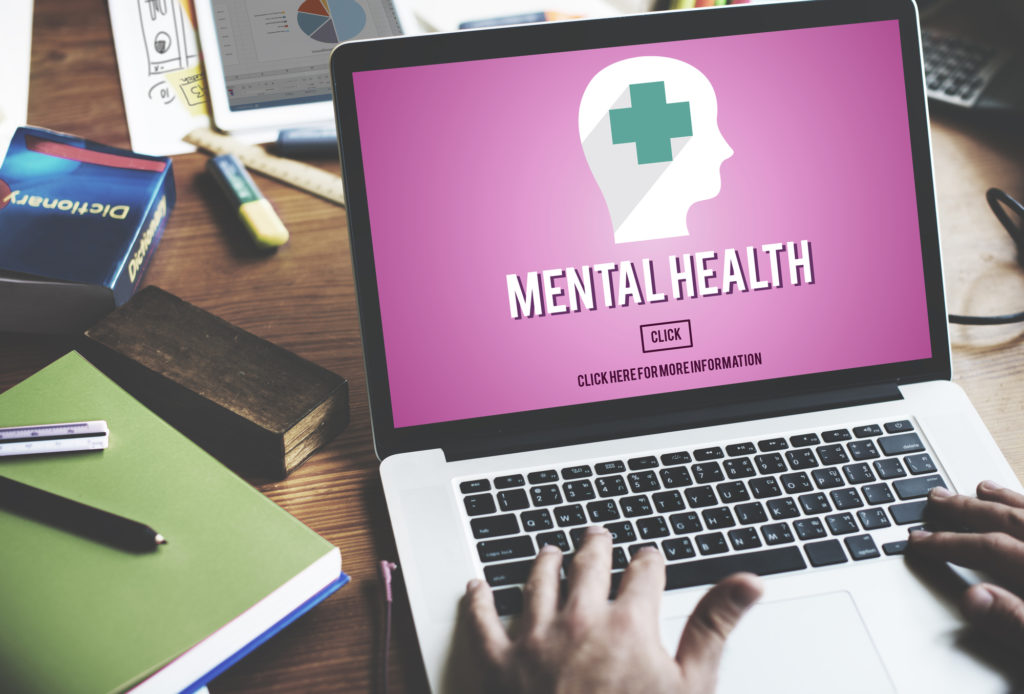 May is Mental Health Awareness Month and employers should take this reminder to examine their policies on what they can to do help employees who have mental health issues. Here are some ideas to help you help employees in this regard.
May is Mental Health Awareness Month and employers should take this reminder to examine their policies on what they can to do help employees who have mental health issues. Here are some ideas to help you help employees in this regard.
Be aware of the facts
According to the National Alliance on Mental Illness:
- 1 in 5 U.S. adults experience mental illness each year, but less than half get treatment.
- 8% of U.S. adults experienced both mental illness and a substance use disorder in 2019.
- 41% of Veteran’s Health Administration patients have been diagnosed with mental illness or substance use disorder.
- Suicide is the 10th leading cause of death in the U.S.
Impact of COVID-19 on mental health
The pandemic has had an impact on mental health. In fact, 60% of employees are worried about their mental health, according to the Conference Board. Mental health concerns varied by generation; millennials were the most concerned.
According to KFF, both remote and on-site employees are dealing with serious mental health consequences from COVID-19. This includes anxiety and depression, and in some cases, even thoughts of suicide. KFF says that many have been “experiencing burnout (which results from chronic workplace stress and can impact an individual’s motivation and productivity) and adverse mental health outcomes.”
Employer assistance with mental health issues
In addition to personal concerns about your staff, there are business issues—productivity, employee retention, workplace conflicts. Employers that want to help employees deal with mental health issues may consider an employee assistance program (EAP) to:
- Educate employees to recognize signs of mental health issues. Make it a safe place to share concerns. De-stigmatize having a mental health condition.
- Connect employees needing assistance with professional help (e.g., counselors, psychologists, psychiatrists). Make it clear who a troubled employee can speak to for information or help (e.g., a simple directory of area help or a formal referral program with benefits paid for by the company)
- Adopt benefits programs to help employees. Check that the company’s group health plan provides good mental health benefits and consider implementing medical FSAs or health reimbursement arrangements to enable employees to pay non-covered costs on a pre-tax basis.
- Alleviate stresses on employees. Recognize how demands on productivity may cause problems. Similarly, employees with financial hardships may experience mental health issues; what can an employer do to help with financial matters?
Resources
The subject of mental health in the workplace is a difficult one. The extent of the problem and the extent of employer responsibility to help fix it are not well understood. Here are some resources to help:
- Webinar on Mental Health and Wellness in the Workplace.
- Checklist for Mentally Healthy Workplaces.
- OSHA guidelines on reporting mental health in the workplace: “Mental illnesses, such as depression or anxiety disorder, that have work-related stress as a contributing factor, are recordable if the employee voluntarily provides the employer with an opinion from a physician or other licensed health care professional with appropriate training and experience (psychiatrist, psychologist, psychiatric nurse practitioner, etc.) stating that the employee has a mental illness that is work-related, and the case meets one or more of the general recording criteria.”


